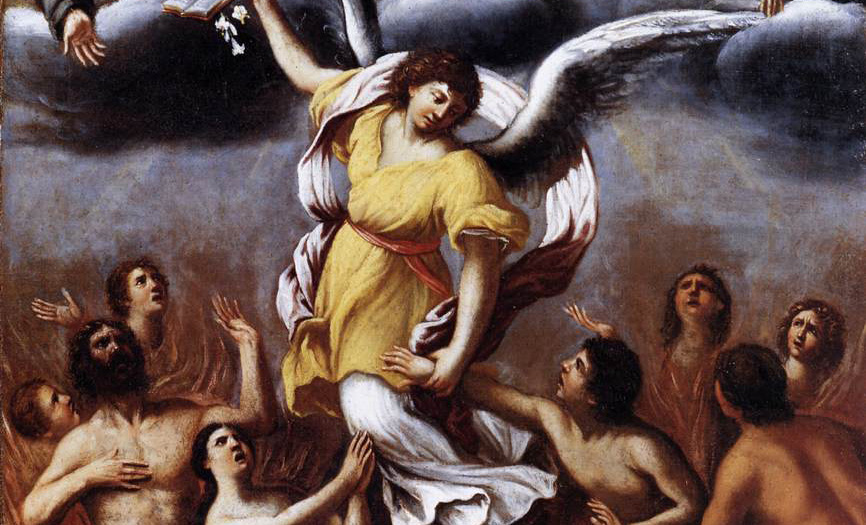Popular images of purgatory are probably inspired by Dante and expanded upon by imaginative artists, often with an aim to thrill or horrify their audience. As a result, Catholics lose sight of what ought to be a consoling article of faith, and Protestants are confused or scandalized by what appears to be a jumbled scam devised to subvert or avoid God’s justice.
What the Church teaches about purgatory is very simple: “The souls of the just which, in the moment of death, are burdened with venial sins or temporal punishment due to sins, enter purgatory.” Our belief in purgatory is based on a passage from 2 Maccabees, in which the Jewish hero, Judas Maccabeus, orders prayers and sacrifices for slain patriots, that their sins might be forgiven. Jesus, too, speaks of the possibility of forgiveness after death when he teaches, “Whoever speaks against the Holy Spirit will not be forgiven … in this age or in the age to come” (Mt 12:32).
We must remember one thing: purgatory is not a “second chance”; it is the final step for righteous individuals who, before death, lacked an opportunity to atone for venial sins or do sufficient penance for serious sins already confessed.

